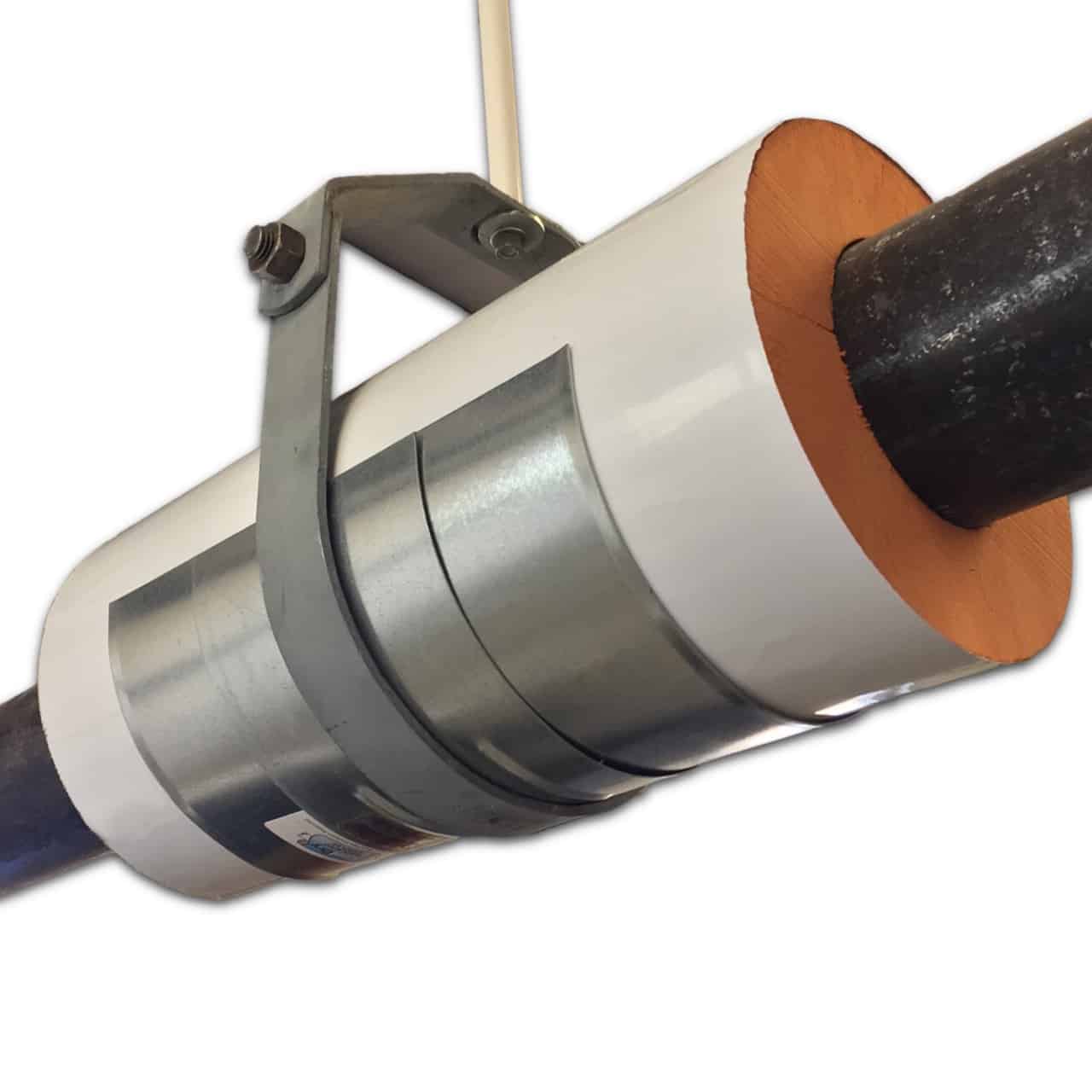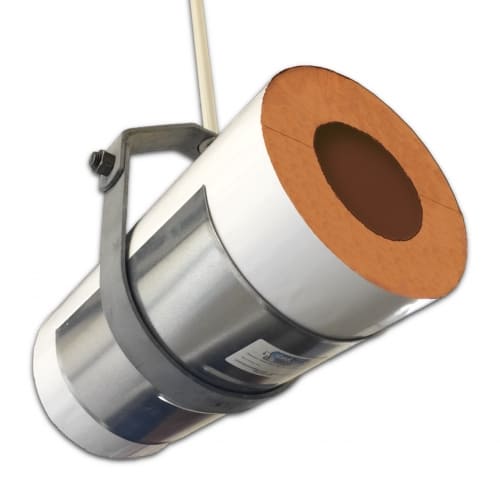In the world of plumbing, pipe insulation is crucial for energy efficiency and safety. It protects against heat loss, condensation, and ensures optimal performance and longevity of the pipe system. This guide provides comprehensive knowledge on pipe insulation sizing and importance, with a handy chart for quick reference.
Why Pipe Insulation is Needed
Pipe insulation is crucial in industrial and residential settings, and serves various purposes:
- Conserves energy by reducing heat gain or loss in hot and cold pipes to maintain fluid temperature. This decreases energy consumption and improves efficiency.
- Reduces pipe noise, prevents condensation, and prevents pipe failure due to corrosion. In cold climates, insulation prevents pipe freezing and costly repairs.
- Provides safety to protect against burns from hot pipes, especially in industrial settings.
Common Materials for Pipes
Pipes are commonly made from a variety of materials, each having its unique properties that impact insulation and sizing:
Copper
Copper, renowned for its durability and resistance to corrosion, is widely used in residential and industrial plumbing. It’s a practical choice that ensures reliable performance.
Iron
Iron is a traditional material for pipe construction that is renowned for its strength and longevity. It is often used in municipal and industrial applications for carrying gas, water, and sewage.
PVC
PVC is lightweight, easy to work with, and resistant to corrosion and chemical damage. It is often used for drain, waste, and vent pipes.
PEX
PEX, a flexible and color-coded material, is gaining popularity in residential plumbing for its affordability and ease of installation. It’s a practical choice that saves costs while ensuring efficient plumbing systems.
Stainless Steel
Stainless steel is popular for industrial settings due to its strength and ability to withstand high temperatures and corrosive materials. It’s a reliable choice that guarantees long-lasting performance in demanding environments.
Pipe Insulation Sizing
Selecting the appropriate insulation size is essential for ensuring effective pipe insulation. It’s crucial to precisely align the size of the insulation with the diameter of the pipe for peak performance. Insulation thickness is generally offered in increments of half an inch, and spans from 1/2 inch to 4 inches. The optimal thickness depends on several conditions, such as the temperature of the fluid being conveyed and the ambient environment.
For your convenience in determining the correct insulation size, we’ve developed a chart that serves as a handy reference that outlines insulation sizes for the most frequently used pipe materials – copper and iron.
Note: The sizes mentioned above are indicative and the actual sizes may vary based on specific project requirements and local regulations.
The Role of Pipe Saddles in Protecting Insulation
Pipe saddles are an essential component of a well-protected and efficiently insulated pipe system. They serve a primary function of safeguarding the insulation material from physical damage, particularly at pipe support points where stress concentration can occur. This can prevent the insulation from getting compressed, and it maintains its thickness and insulating properties.
Protect Your Pipe Insulation with Reliable Buckaroos® Pipe Saddles
Your pipes deserve the best protection, and that’s where Buckaroos® Pipe Saddles come into play. Their high-quality saddles are engineered to provide optimal insulation performance, to help ensure the longevity and efficiency of your pipe system. Don’t compromise on the health of your pipes.
Contact us today to find out more about our complete lineup of pipe protection!







